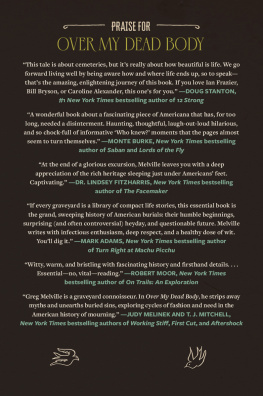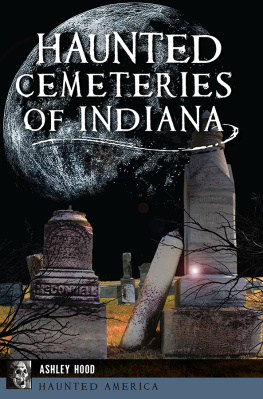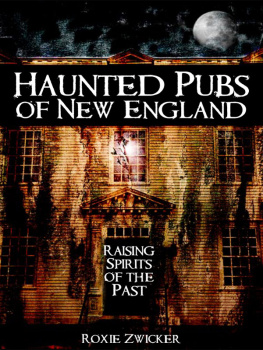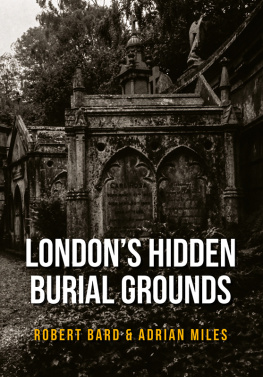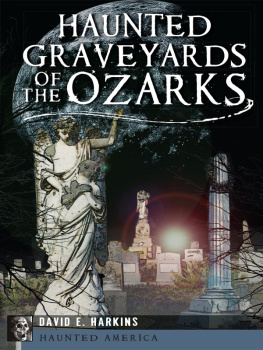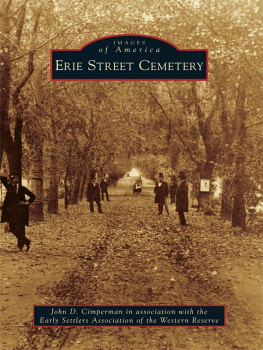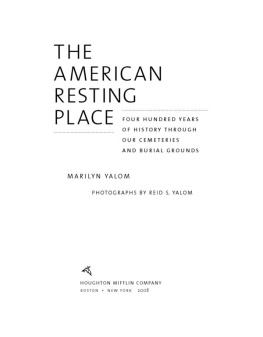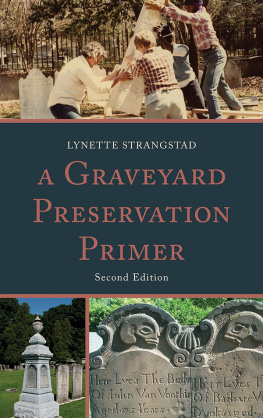
Published by The History Press
Charleston, SC 29403
www.historypress.net
Copyright 2012 by Roxie J. Zwicker
All rights reserved
First published 2012
e-book published 2012
Manufactured in the United States
ISBN 978.1.61423.737.2
Library of Congress CIP data applied for.
print ISBN 978.1.60949.757.6
Notice: The information in this book is true and complete to the best of our knowledge. It is offered without guarantee on the part of the author or The History Press. The author and The History Press disclaim all liability in connection with the use of this book.
All rights reserved. No part of this book may be reproduced or transmitted in any form whatsoever without prior written permission from the publisher except in the case of brief quotations embodied in critical articles and reviews.
Contents
Introduction
Dear Ancestor
Your tombstone stands among the rest
Neglected and alone
The name and date are chiseled out
On polished stone.
It reaches out to all who care
It is too late to mourn,
You did not know that I exist
You died and I was born.
Yet each of us are cells of you
In flesh and blood and gone
Our blood contracts and beats a pulse
Entirely not our own.
Dear Ancestor, the place you filled
One hundred years ago
Spreads out among the ones you left
Who would have loved you so.
I wonder if you lived and loved,
I wonder if you knew
That someday I would find this spot
And come to visit you.
Anonymous
Thank you for joining me as we take a journey through the fascinating past of the cemeteries of Massachusetts. By picking up this book, its clear that you must be a bit curious about burial grounds. Maybe its the allure of the hand-carved gravestones, or perhaps its the stories of the cemetery ghosts. Or maybe its just the opportunity to connect with and honor our history. Whatever has attracted you, get ready to journey through the variety of cemeteries the Bay State has to offer.
I grew up in the Pioneer Valley of western Massachusetts, and I had always wondered growing up who the pioneers were. For me, that term always referred to settlers traveling westward to places like Texas or Oregon. I quickly learned after a series of local school field trips and self-conducted explorations (which I did when I was older) who the pioneers in my neighborhood were. I found them in the old cemeteries, and I read their stories on their gravestones.
There was so much of Massachusetts that I wanted to see when I learned how to drive. When I got my first car, I visited the large cities and small towns from the Berkshires to Cape Cod. The temptation to explore these towns cemeteries was pretty strong. Granted, fall in New England is really beautiful, and you can take some of your best photographs in the cemeteries where there is often a wide variety of colorful trees. But once the pictures were snapped, it was almost irresistible to shuffle through the fallen leaves and look at the gravestones closer.
Some of the cemeteries I visited were so old and forgotten that, sometimes, I thought people may not have visited there for years. Others were meticulously kept: the pathways were clear, and the stones were in good condition. On some trips, Id stop at the local bookstore and see what I could find for cemetery history books. I often felt that when I found a cemetery book, I was pretty lucky, as there were not many of them out there. Before I knew it, I was cataloging cemetery photographs and researching some of the more interesting stones. The more work I did, the more I found and the more enticing it became.
I have amassed literally tens of thousands of photographs of gravestones and cemeteries, and often when Im planning a trip, Ill search out the locations of the cemeteries before I even make hotel reservations. When I return home, I carefully look through the photographs and information that Ive gathered from the trip. My car has many scuffs and scratches from driving down remote dirt roads just to find an elusive gravestone.

Old rusty gates and fences show off their salty air patina in Vineyard Haven.
When Im putting together cemetery presentations or writing about them, I often picture the people from the cemeteries Ive visited standing behind me while Im at my computer doing my work. Sometimes, I imagine them each saying, Tell my story and Dont forget me. My goal has always been to keep their memory alive by telling their stories, and while I know I cant tell everyones story, I strive to tell tales of both the famous and the not-so-famous.
In this book, I will unearth the tales of many people whose lives have been summarized in a few sentences on stone. Join me as I wander the rows of gravestones and markers and discover the legacies and ghosts of these Massachusetts cemeteries.
Chapter One
Discovering Historic Massachusetts Graveyards
From my rotting body, flowers shall grow and I am in them and that is eternity
Edvard Munch
It all began with 102 Pilgrims, all of whom were Separatists from the Church of England who had fled to the New World where they could worship God as their consciences dictated. After a long and dangerous passage across the Atlantic Ocean, they landed at Plymouth, Massachusetts, on December 21, 1620.
The Pilgrims were hardy, industrious and God-fearing and were prepared to face every kind of danger and suffer every affliction without complaint. They struggled through their first winter in the New World while maintaining their faith in the wisdom and goodness of God. Within just a few weeks of arriving in Plymouth, half of the Pilgrims had died; everyone had become so ill over the harsh winter that there were only a handful of people well enough to keep the settlement going. The colonists dealt with death nearly every day, and burials occurred almost as often as religious services were held.
The earliest grave markers in Massachusetts were stones and boulders, and it was thought at the time that these would keep the dead from rising out of their graves. Some also believed that if plain, unmarked stones were used, the Native Americans would have a difficult time finding the graves.
In some cases, many of the first markers were made from wood planks or rough stones, but these usually did not last very long after being exposed to the elements. As more burials occurred, it became necessary to indicate on the markers who was buried there, and it then became common practice to inscribe the deceaseds initials or name. Over the course of twenty-five years, the colonists established a handful of burial grounds, the oldest of which are in Boston, Plymouth, Salem and Ipswich, Massachusetts.
The grave markers that were used in the mid- to late 1600s were more ornate, reflecting early Puritan beliefs, and the decision was made to start using gravestones styled like the ones in England. In the Puritan view, death was inevitable; it was Gods punishment to humankind for Adams original sin. They believed that evil spirits and evil men occupied the earth, suffering from utter and unalterable depravity. Children were shown corpses and were taught to fear death. They were also taught that their own parents would testify against them at the Last Judgment. But there was the possibility of salvation; if a Puritan lived and worked during his lifetime to bring Gods kingdom home, then he would be granted eternal life. The Puritans also believed that while people in their society would be able to receive eternal salvation, most faced eternal damnation. It was preached that Hell was a place of unspeakable terrors.
Next page



